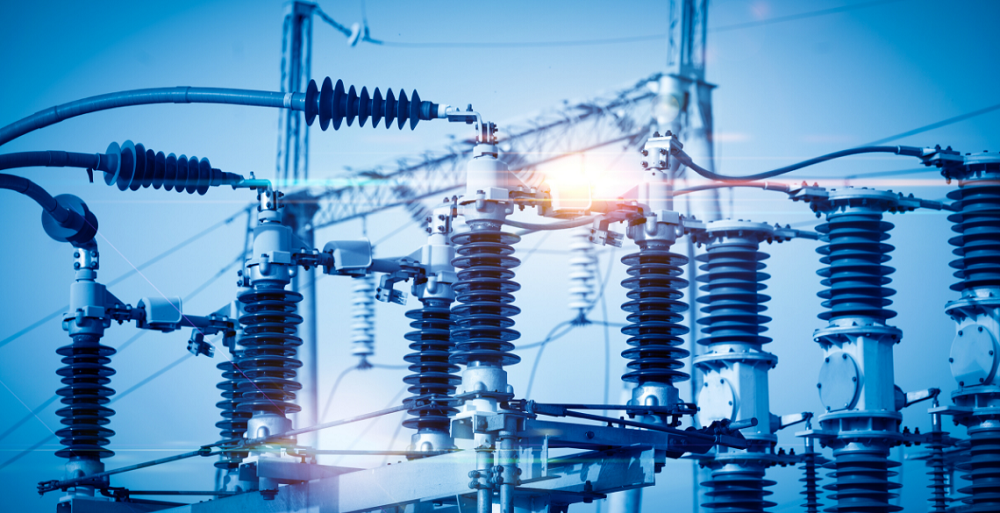Electricity distribution is a part of the supply system that aims to bring electricity from the beginning of its manipulation to the consumer.
To carry out this function, having an efficient electrical transformer is the key to achieving it. It is for this reason that in today’s article we are going to comment on the key points of electrical distribution and the role of the electrical transformer.
Route of the electrical network
The power generation network passes through different points before reaching the final consumer, that is, before reaching homes or industry. It is a circuit where this energy passes in an orderly manner through:
The substation. It establishes the appropriate voltage levels for the transmission and distribution of electrical energy.
Then it goes to the transformation center. It deals with an electrical installation whose function is to receive high or medium voltage energy and transform it into medium or low voltage to be used by the end consumer, in about 400 volts in three-phase and 230 in single-phase.
Finally, it is divided to be directed and consumed to:
Service sector. It is that economic sector which includes those activities that do not deal with the production or transformation of a material good
Industrial sector. It is that sector that works in the transformation or manipulation of all raw materials.
Domestic sector. It is the private household sector.
What role does the electrical transformer play in this process?
We can see that the electrical substation transformer performs a crucial and essential function so that the entire electrical distribution circuit can be fulfilled.
Their function is to increase or decrease the voltage of the current electrical circuit, always maintaining power, that is, they are a key part of the energy distribution gear.
In Chile, those lines with a voltage lower than 220 KV that are not considered part of the transmission network are considered to be electrical distribution facilities.
In addition, all the other factors that are considered necessary to carry out said objective in a satisfactory way and in the quality terms that are required by the regulation, also include this consideration.
How does the current distribution system operate?
The current electricity distribution system operates in the form of a monopoly whose activity is governed by a concession regime. This system must offer supply to anyone who requests it within its concession area.
Said concession is determined by territorial zones in which the rights and obligations of companies and their clients are established, in accordance with Short Law II.
Short Law II or Law 20.018, published in May 2005, has corrected the regulations of the Chilean electricity sector. With the aim of strengthening the security of supply, in order to face all kinds of external factors throughout the supply of fuels that are difficult to replace in the international market.
In addition, public distribution concessionaires will always have to have the energy supply and their own generation capacity, the necessary to be able to cover the total programmed consumption of regulatory consumers for the next three years.
The importance of having the right transformer
Depending on the sector and the territory in which the energy needs to be distributed, the needs may vary. Therefore, it is very important to have the correct type of transformer so that the energy distribution is sufficient to supply said area without suffering losses and to optimize the possibilities of energy saving.
System Protection – One of the best transformer testing company in India.
